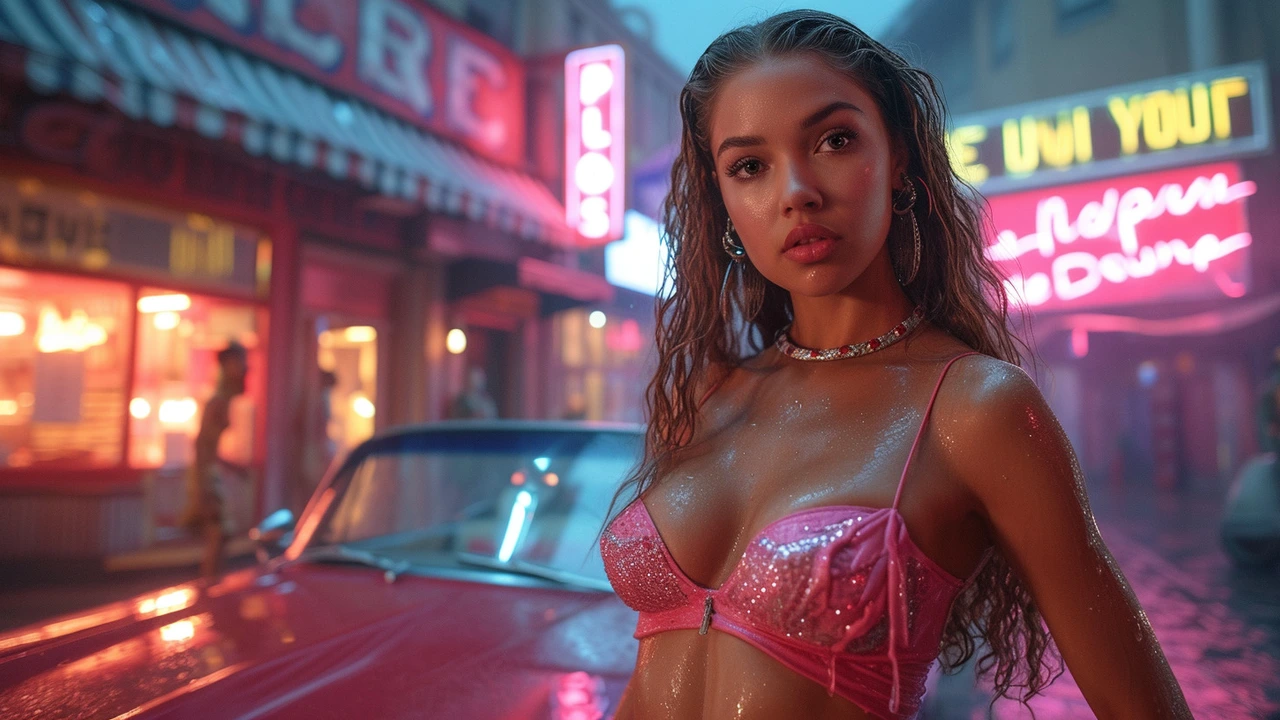The Saga of Rhythm and Blues
There's something unique, something irreplaceable about Rhythm and Blues. For the uninitiated, calling it just another music genre stands quite inappropriate to me. It's an amalgamation of raw emotion, intensity, and primal energy that carves a deeper connection in your soul than most contemporary sounds. It digs below the skin, nestling into your heartbeat, becoming a part of you. Ah, such sweet symphony! Even my pet, Baxter, a golden retriever, seems to perk up his ears and tune into a different frequency when I blast my good old Rhythm and Blues records.
A Brief History: The Birth of Rhythm and Blues
The Rhythm and Blues, fondly referred to as R&B, rose in popularity during the 1940s but roots grow way deeper. Tracing its lineage back to jazz, gospel, and blues, this musical genre was a civil rights movement on its own. Initially labeled 'Race Music' by Billboard magazine due to its immense popularity amongst African American teenagers, it was later relabeled Rhythm and Blues to broaden the appeal. Just imagine the enormous cultural shift it spurred during those times of segregation and you'd begin to understand why I hold Rhythm and Blues close to my heart. It's more than music, it's a legacy.
The Power of Rhythm and Blues: Music That Moves You
You might wonder why a genre born nearly a century ago still resonates with an average Kiwi bloke like me. It's simple, mate! Rhythm and Blues are sonic narratives of love, heartbreak, struggle, victory, and the eternal human spirit. The profound oeuvre of legends like Ray Charles, Little Richard, and Etta James is a testament to the power of this genre. They sang the stories of their lives and, in doing so, connected with millions, irrespective of race, creed, or geography. It isn't just about toe-tapping beats or catchy hooks. It's life distilled into music that moves the spirit as much as it moves the body.
The Golden Era: Rhythm and Blues in the 1950s and 1960s
The late 1950s and the 1960s were the golden era of Rhythm and Blues. Studded with notable talents like Sam Cooke, B.B King, and Chuck Berry, the genre began to evolve, influencing many emerging music genres like Rock and Roll, Soul, Folk, and even Pop. Even today, some of my best evenings are spent unwinding on my patio in Auckland with a glass of whisky, playing these timeless tracks on my vintage record player, with a little not-so-patient Winston trying his best to match his dance moves to the rhythm.
The Rich and Robust Sound: Key Components of Rhythm and Blues
In essence, Rhythm and Blues is a melody-driven music genre. Unlike other forms of music where instrumentation takes center stage, here it's the vocal prowess that primarily drives the narrative. Deep, expressive, deeply soulful – that's Rhythm and Blues for you. The core elements include a strong backbeat, repetitive grooves, and bluesy guitar lines that remain signature to the genre. The use of saxophone, which used to be a staple instrument in traditional R&B bands, added a certain level of sizzle and sophistication to the overall rhythm and will always be iconic to me!
The Modern Representation: Rhythm and Blues in Today's Music
As times changed, so has Rhythm and Blues. It morphed, it evolved, but it never faded. Artists like Beyoncé, Alicia Keys, John Legend have all drawn heavily from this genre and continue to keep the essence of Rhythm and Blues alive in their music. It's dynamic, it's diverse, it's got depth – a trait I desire to instill in Winston as he grows up. Modern R&B, with its synthesized sounds and layered vocals, is a far cry from the raw and stripped-back sound of the classic Rhythm and Blues, yet it holds onto its soul, reminding us of its illustrious past.
My Introduction to Rhythm and Blues: A Personal Journey
My affair with Rhythm and Blues began at an early age, thanks to my dad's fine record collection. Those evenings spent beside the old-school record player, absorbing the soulful crooning of legends like Otis Redding or the electrifying performances of James Brown, are etched in my heart. Dad once told me that music is a language. The more you listen, the more you understand. I suppose that applies to Rhythm and Blues. It clicked with me instantly and deep down, I knew that my relationship with Rhythm and Blues was not just a fleeting romance but a life-long commitment. Because there, in the echoes of the blues, I found my rhythm.
Passing On The Love For Rhythm and Blues: A Father's Tale
Being a father isn’t just about teaching the right ways to your young one. It's also about passing on your passions, your loves, your fears, your virtues. And so, I decided to introduce my kiddo, Winston, to Rhythm and Blues. I wouldn't say it was love at first hearing for him. There were skeptic looks, followed by smothered giggles, and then a moment when his foot started tapping to the rhythm. In Winston's words, "It's old but gold, Dad!". Well, it took some time, but now I have a little music buddy who loves to jam to Sam Cooke's "Twistin' the Night Away".

